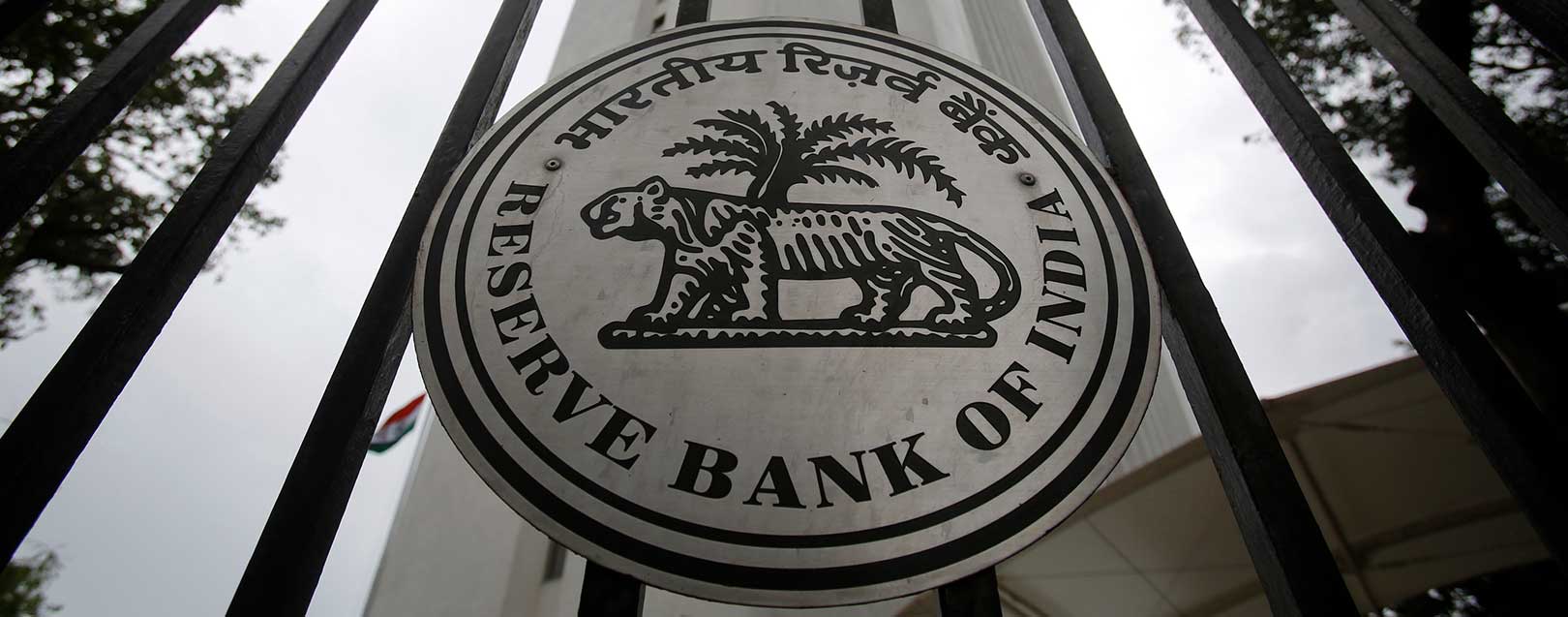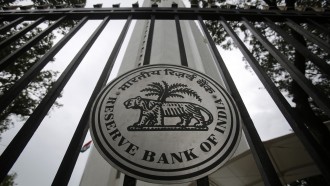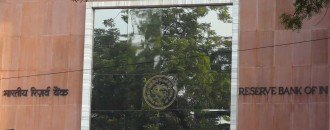
RBI clarifies rationale behind the currency notes withdrawal
The Dollar Business Bureau
After the surprise announcement by the government of making Rs.500 and Rs.1,000 currency notes illegal from midnight, the Reserve Bank of India (RBI) announced a 25-point detailed FAQs (frequently asked questions) clarifying the rationale behind the decision.
The RBI said the most vital reason for making the banknotes illegal was the abnormal increase in fake currency notes of higher denomination, as well as more incidence of black money in the system. The bank assured the people that their higher value money will get exactly the same amount in lower denominations.
“You will get value for the entire volume of notes tendered at the bank branches/RBI offices,” the RBI assured the public, however, adding that there will be ceiling on the amount of cash a person can tender. “One will get up to Rs 4,000 in cash irrespective of the size of tender and anything over and above that will be receivable by way of credit to bank account,” it said.
The central bank pointed out that a person cannot get the whole amount in cash because the withdrawal scheme of old notes of high denominations do not provide for it, given its purpose.
Explaining the scheme’s importance, the bank said the legal tender nature of the higher denomination notes of Rs.1,000 and Rs.500 stands withdrawn. As a result, the withdrawn old notes of high denomination cannot be utilised for business transactions and/or cannot be of value for future usage.
The old currency notes can be exchanged at any of the 19 RBI offices, bank branches or head post offices or sub-post offices.
For the people who do not have any bank account, they can open a bank account with proper KYV documents, said RBI.
However, for all the exchange of notes, a person has to carry the valid identity proofs.






 to success.
to success.